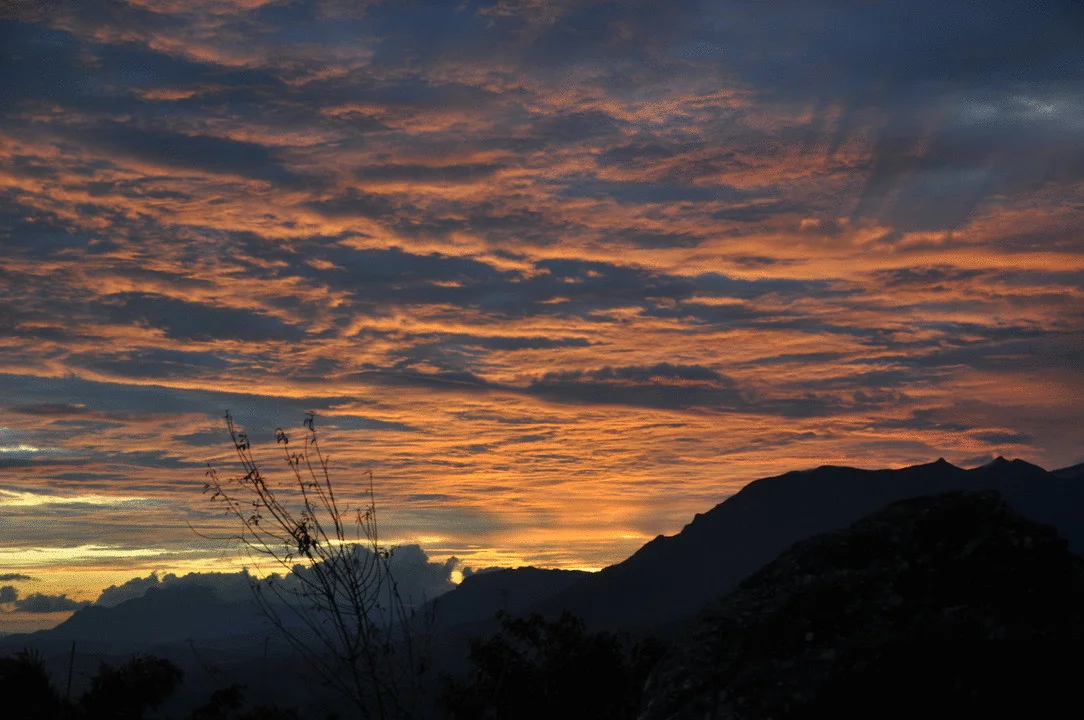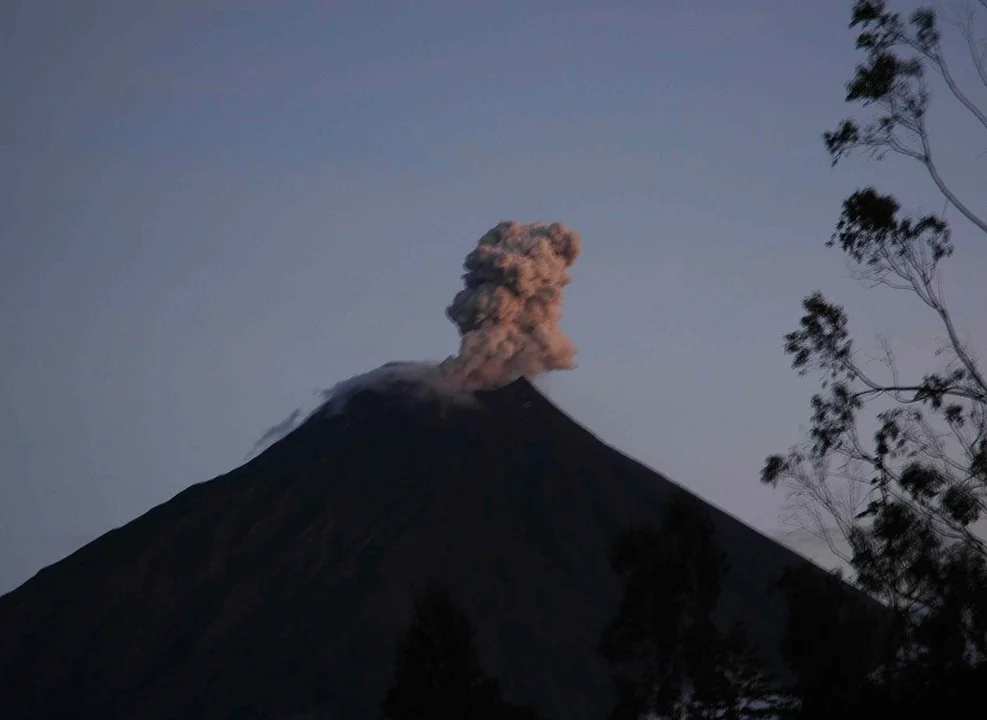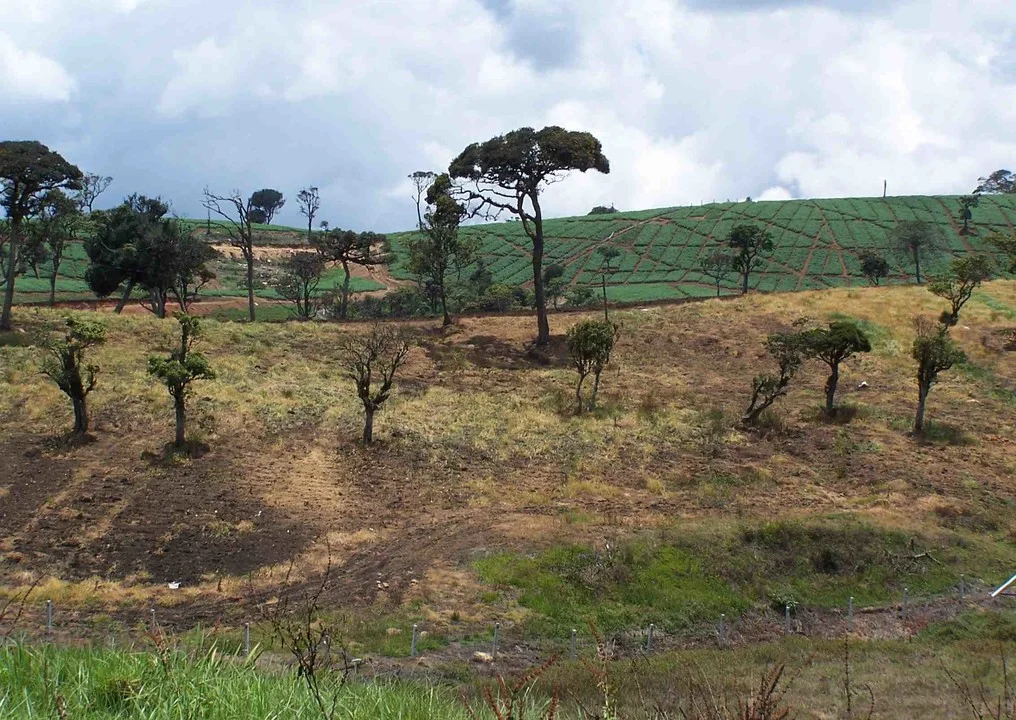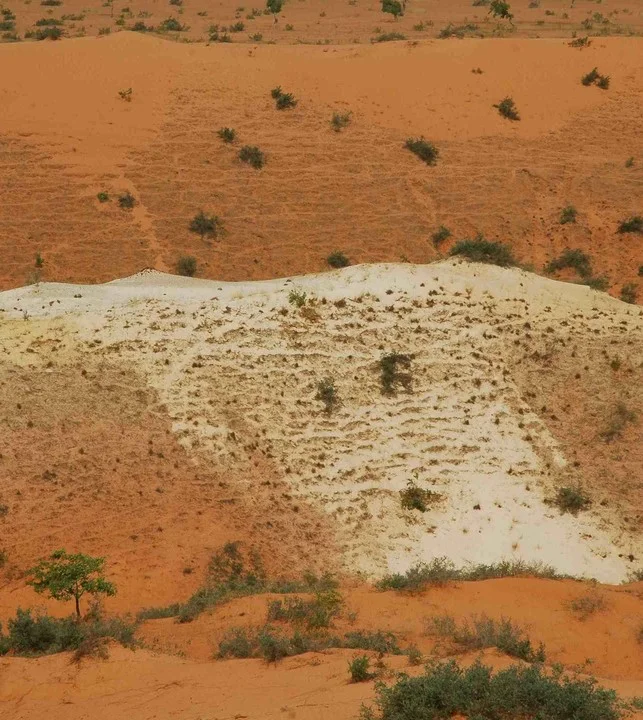The writing is on the wall. In fact, most of us have already contributed to the writing. As we lament the increase in frequency and impact time of heatwaves it is ironic that, we quote the example of the frog in a pot of slowly warming water, and ignore the rising pattern of heat around us as just a passing nuisance. Preparing for a conference on Climate Change with those responsible at the head, is emblematic of the dystopian reality that is manifesting before us.
Many can see the crisis coming, the wave is on the horizon, but most people are still rooted in the dream that life will proceed as normal and are willing to be lulled into a sense of false security. Most are willing to respond r only if the politician and media rings the bell of alarm. Well, is there an alarm?
A persistent period of unusually hot days is referred to as an extreme heat event or a heat wave. Heat waves are more than just uncomfortable: they can lead to illness and death, particularly among older adults, the very young, and other vulnerable populations.
The current trend of temperature rise and frequency of heat waves has increased steadily, from an average of two heat waves per year during the 1960s to six per year during the 2010s and 2020s. Temperatures are steadily moving into the forties. While the critical temperature above which plants gets killed called thermal ‘death point’ is 50 degrees C , the limit varies greatly, shade loving plants are killed at lower temperatures. When it comes to productivity the threshold is even lower, for Wheat 30-32 degrees C maximum and for Rice, 36-38 degrees C maximum.
This means that, as the heat waves increase, future food production will become compromised and certain parts of nations will become inhospitable for humans for periods of time. As many regions of this planet slowly become inhospitable for human life many valuable plant or animal genes will be also be lost. Given such stark scenarios we must invoke the “precautionary principle” [https://www.iisd.org/articles/deep-dive/precautionary-principle]. We must begin to realise that connecting to the fossil grid as ‘development’ creates addiction, prone to central control. We must also as recognize the fact that, the inertia created by the fossil purveyors will continue to provoke stochastic changes to our climate for many decades to come. Unless its use is addressed and curtailed now, the extraction and use of fossil fuels, will render much of our environment hostile to human habitation.
We need to act, but the nation state is held hostage by corporations who wield their economic power in the interest of profit above all else. It was Thomas Jefferson who saw the danger in allowing non-human corporations the same rights afforded to humans. Rights yes, but responsibilities? The actions of the energy corporations Shell, Exon, etc. in the face of a changing climate, still promoting actions that threatens humanity itself, demonstrate the action of primary imperative of ‘profit maximization’ irrespective of human cost.
The challenge now is to create ‘AREAS’ (Adaptive Resilient Ecosystem Areas) in parts of the planet where their geography will ensure moderate impact and develop these regions with knowledge on how to adapt and manage living genebanks, so that there will be organized sets of data, to project into the future.
It is also suggested that such AREAS could link their databases and maintain a dynamic listing of species, propagation material and knowledge for restoration action.
What will they look like? What governance systems should they take on ? What geographical areas offer the best opportunities? These and related questions must be asked and hopefully answered.








